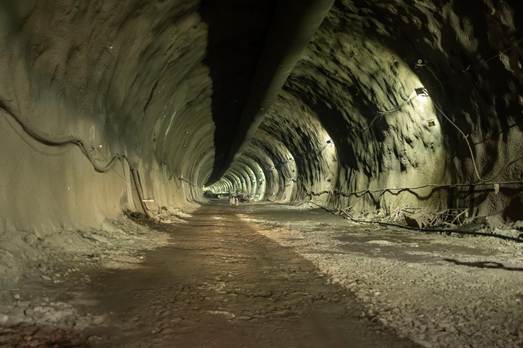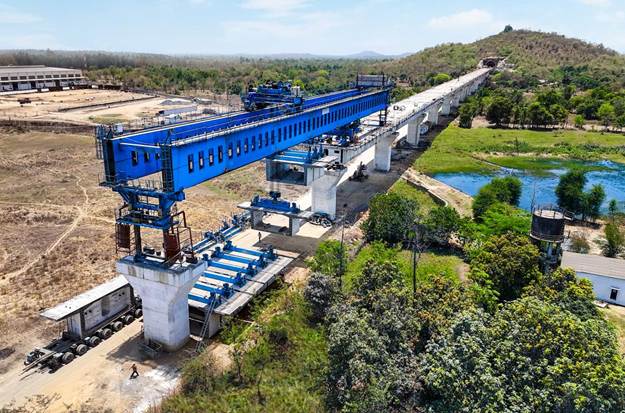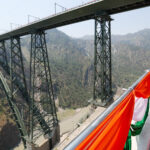India’s ambitious high-speed rail project, a symbol of its modernization drive, has marked a significant leap forward on July 14, 2025, with the opening of the first section of its 21-kilometer undersea tunnel in Maharashtra. This critical infrastructure achievement, connecting Ghansoli and Shilphata, brings the dream of bullet train travel closer to reality for millions.
The Mumbai-Ahmedabad High-Speed Rail (MAHSR) project, often dubbed the “bullet train,” is a monumental undertaking aimed at redefining connectivity between India’s financial capital and Ahmedabad. The new undersea tunnel section, stretching between the Bandra-Kurla Complex (BKC) and Thane, represents a major engineering feat, showcasing India’s burgeoning capabilities in world-class infrastructure development.

Next-Gen Shinkansen Poised for Debut
Adding to the project’s momentum is the exciting announcement that the MAHSR corridor will be powered by next-generation E10 Shinkansen trains from Japan. In a testament to the deepening strategic and technological partnership between India and Japan, the E10 will make its global debut simultaneously in both countries, highlighting the advanced nature of the technology being introduced to India’s rail network.
“The entire 508 km corridor is being developed with Japanese Shinkansen technology. It will set new benchmarks for speed, safety, and reliability,” stated a press release from the Press Information Bureau (PIB) Delhi. This reflects Japan’s pivotal role in transferring its renowned high-speed rail expertise, ensuring that India’s bullet train will adhere to the highest international standards.

Construction Blitz: Milestones Galore
The opening of the undersea tunnel segment is just one of many significant milestones being achieved at a rapid pace across the 508-kilometer alignment:
- Viaducts: A remarkable 310 kilometers of viaduct construction has already been completed, with elevated sections rapidly taking shape across the landscape.
- Bridges: Fifteen vital river bridges are now finished, and four more are in advanced stages of construction, demonstrating systematic progress on challenging geographical fronts.
- Stations: Of the 12 planned stations, five are fully completed, and another three are nearing their final stages. The BKC station in Mumbai stands as an engineering marvel itself. Located 32.5 meters below ground, its foundation is designed to support a towering 95-meter high building above it, integrating urban development with cutting-edge transit.
- System Integration: Beyond the civil works, track laying, installation of overhead electrical wires, and the procurement of complex operational and control systems are all progressing swiftly, ensuring the project moves towards a comprehensive operational readiness.
This remarkable pace of development underscores India’s commitment to executing world-class infrastructure projects with cutting-edge global technology. The success of the MAHSR project is also seen as a crucial foundation for future high-speed rail corridors across India, which are already under active consideration.
With the first undersea tunnel section open and next-generation trains on the horizon, India’s bullet train project is not just building a railway; it’s laying the tracks for a new era of high-speed connectivity and technological advancement


![bullet-train-3[1].jpg](https://southasianherald.com/wp-content/uploads/2025/07/bullet-train-31.jpg.jpeg)



